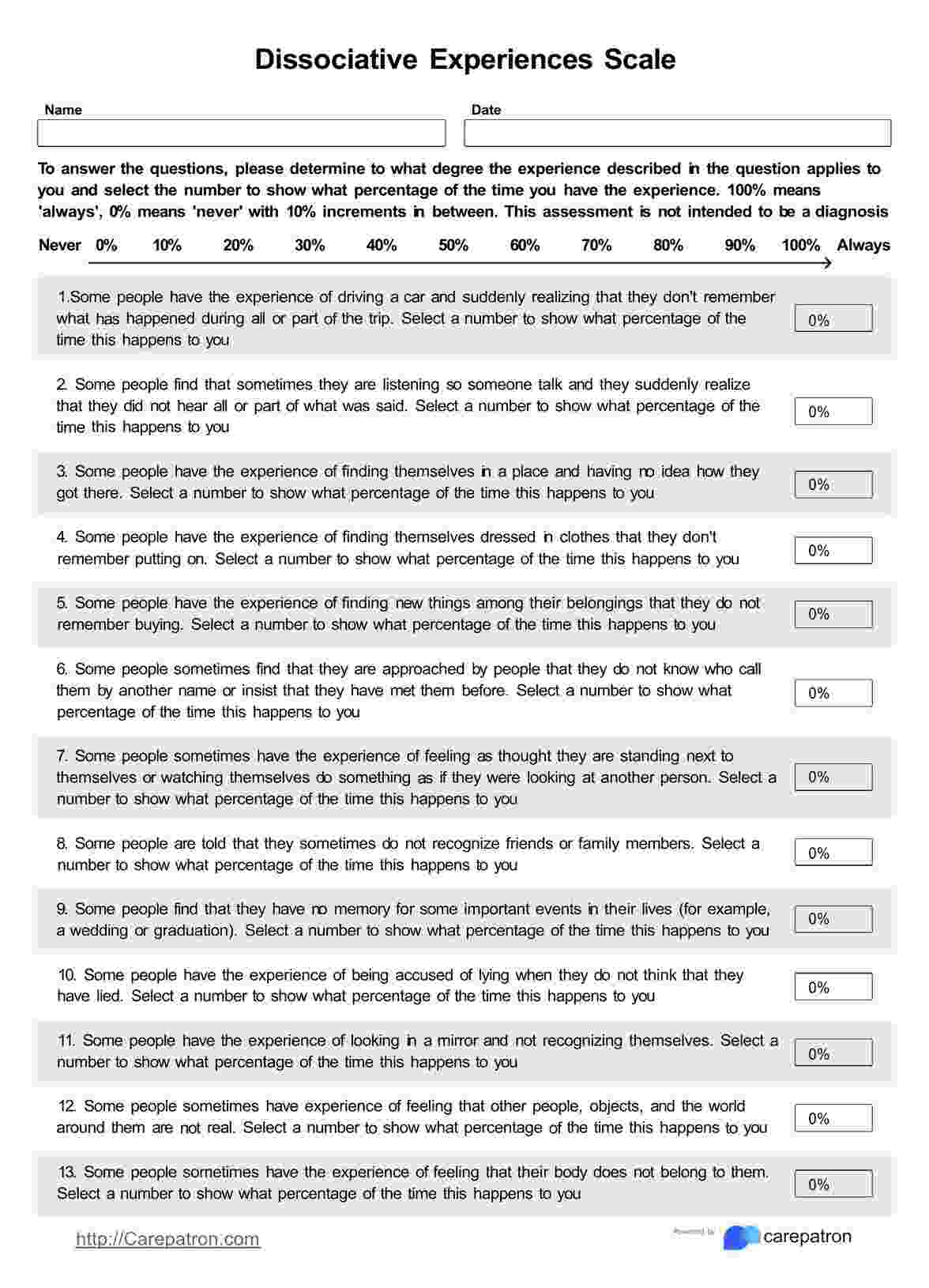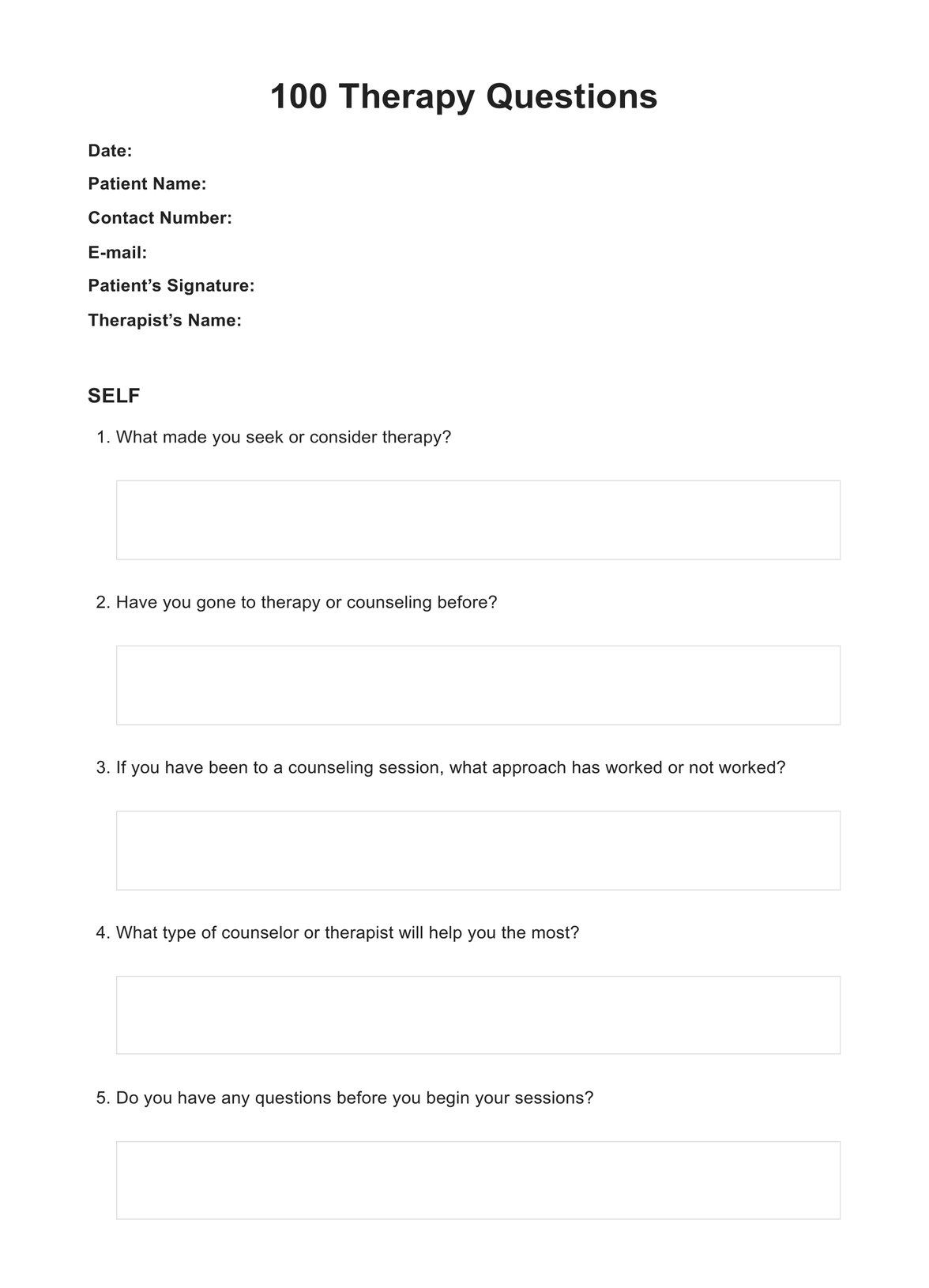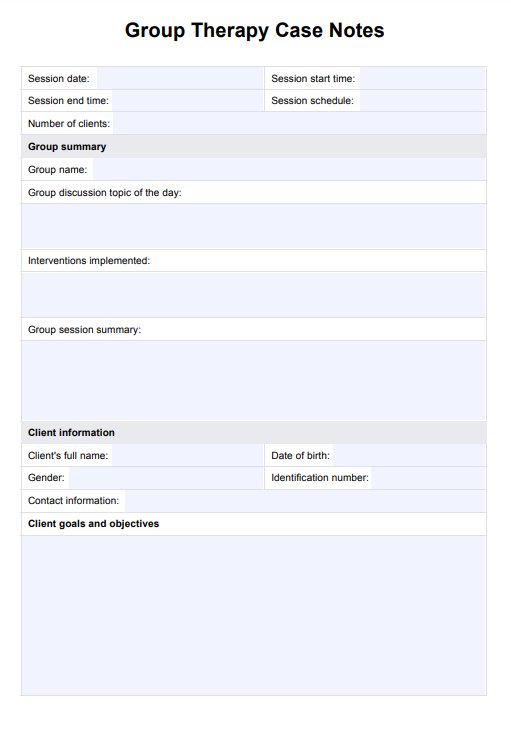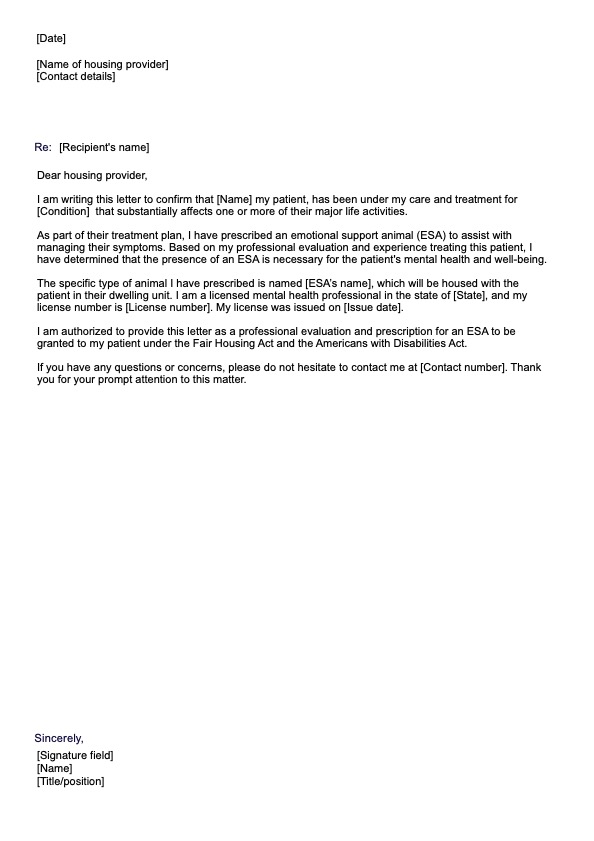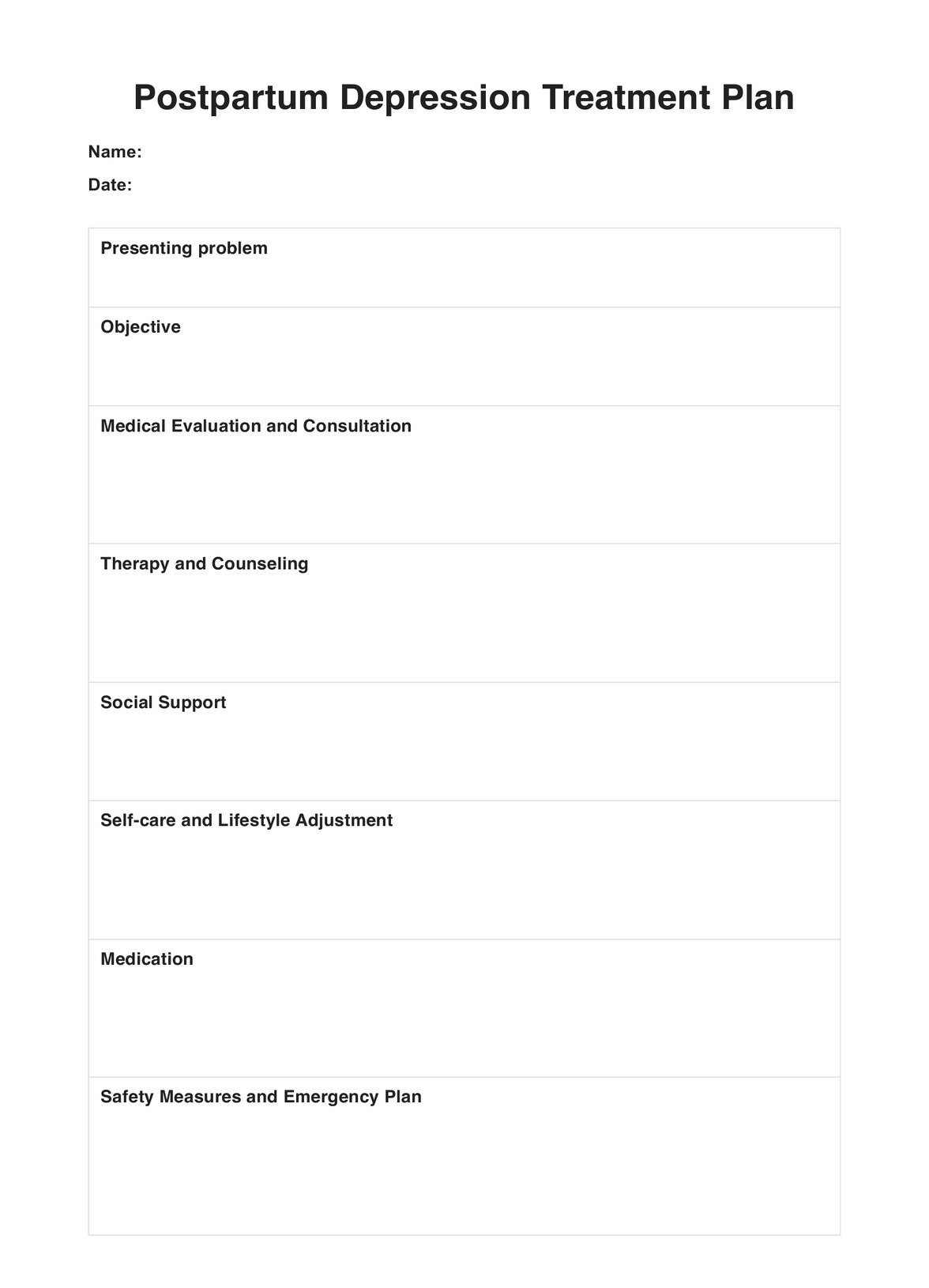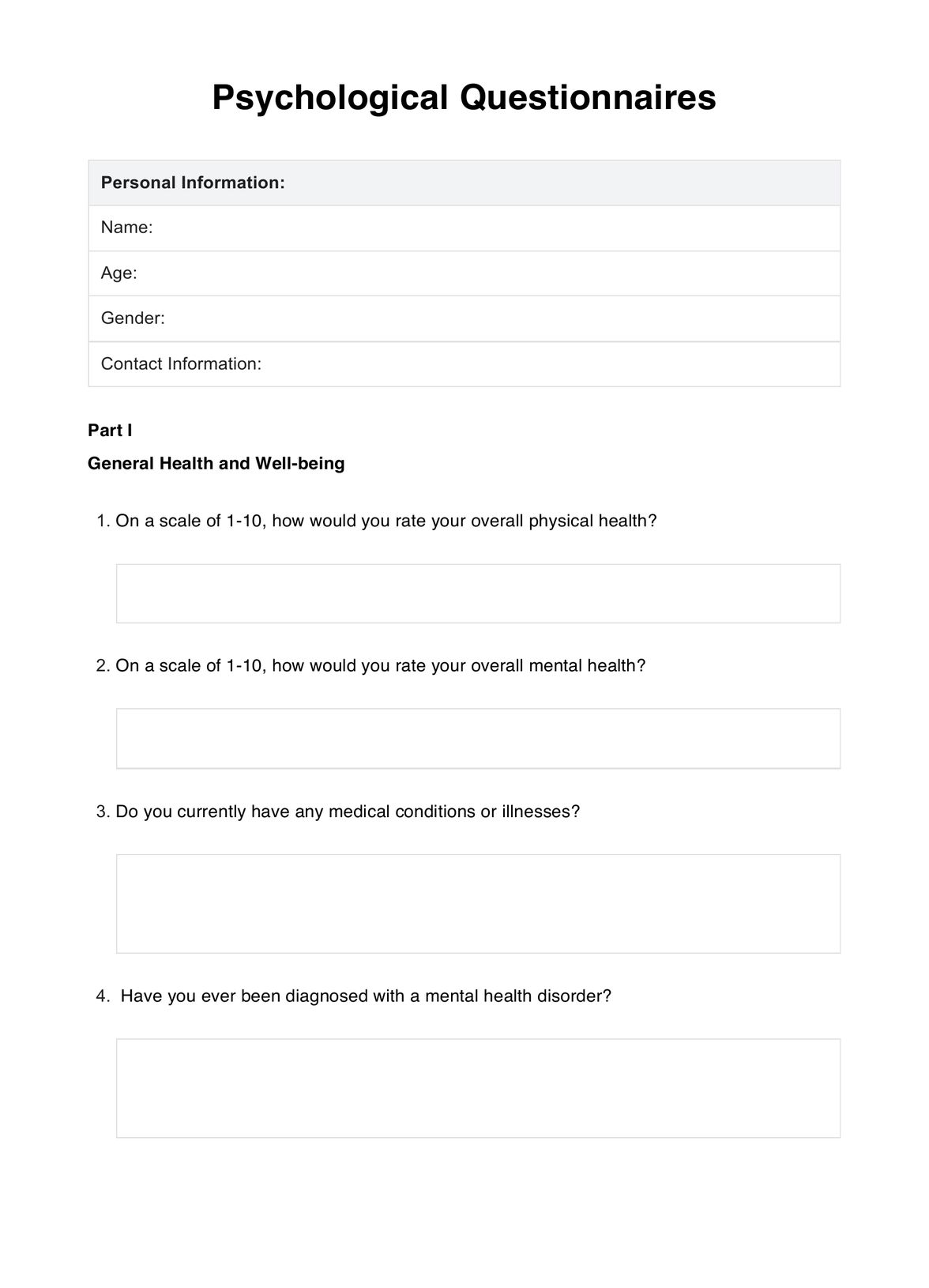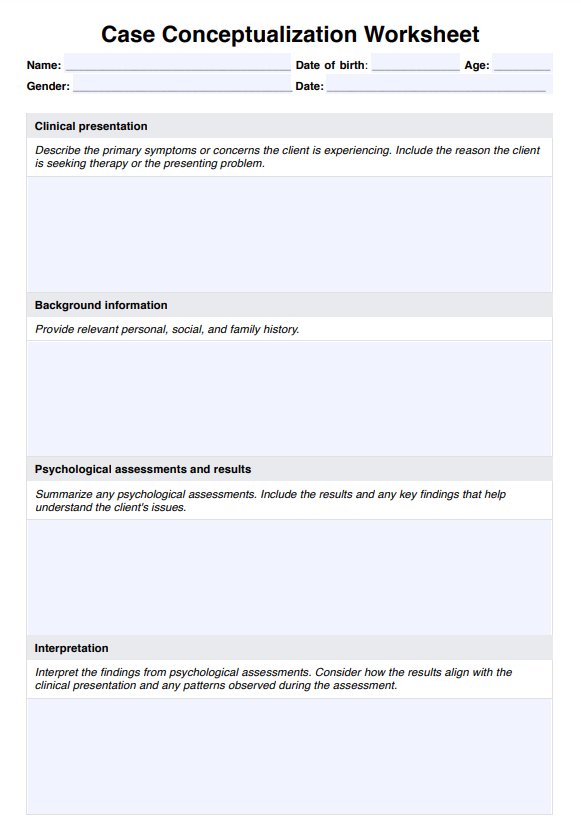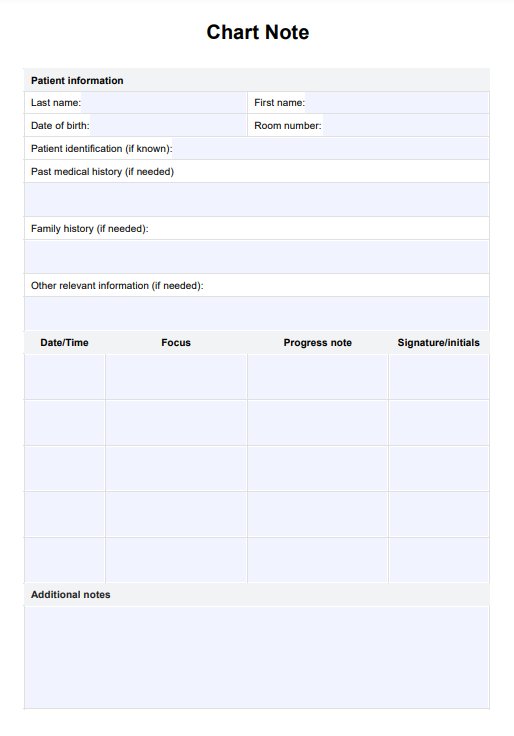Cognitive Triangle Worksheet
Cognitive Triangle worksheets help you understand how thoughts, feelings, and behaviors are interconnected. Download and use our Cognitive Triangle worksheets for free to gain insight into your patient's thinking patterns.


What is a Cognitive Triangle Worksheet?
Mental health professionals use workseets to assess patients. Triangle worksheets are structured method for addressing and challenging those target behaviors. Using a Cognitive Triangle Worksheet can specificall help you understand why an individual may react or behave in specific ways and lead them to make positive changes. The worksheet provides insight into a person's thinking patterns and can help explain why they may act or feel a certain way.
The cognitive triangle has three components: thoughts, feelings, and behaviors. Each component affects the other two, so understanding how they interact is essential.
For this reason, Carepatron has designed an intuitive worksheet that can be accessed, downloaded, and edited for free. Read on to learn how to use the worksheet, who it applies to, and some of its associated benefits.
Cognitive Triangle Worksheet Template
Cognitive Triangle Worksheet Example
How To Use This Cognitive Triangle Worksheet
This cognitive triangle worksheet is free to download and easy to use. Here's how to get started:
Step One: Download the worksheets
Access our free worksheet by using the link on this page. You can also find it within your Carepatron app.
Step Two: Give a copy to your patient
Give your patient a copy of the cognitive triangle worksheet and explain how to use it to explore their thoughts, feelings, and behaviors.
Step Three: Discuss the components of the cognitive triangle
Explain how each part can affect the other two components. For example, if a patient has negative thinking patterns about themselves, this can lead to feeling down or avoiding certain things.
Step Four: Let the patient work on the worksheet
Let your patient think about a situation they have experienced and how it relates to the cognitive triangle. You can use the instructions below to explain the worksheet:
- To complete the worksheet, think of a situation in which you experienced distress. For example, if you’re feeling stressed about an upcoming deadline at work, write down the details of this particular situation in the "Situation" box.
- Next, think about your thoughts or beliefs before, during, and after the event. This can include things such as “I'm not good enough” or “I can't do this”. Write down whatever comes up in the "Thoughts" box.
- In the "Behaviors" box, write down any behaviors that you exhibited in response to the situation, such as “I'm avoiding people” or “I'm staying up late to work on this project”.
- In the "Emotions" box, write down any emotions you felt before, during, or after the event. This can be anything from fear to anger to sadness.
- Then, think about how your thoughts and behaviors affected how you feel. Also, write down some alternate thoughts or approaches you could have had during the situations. For example, if you felt “I can’t do this,” an alternate thought might be “I can take it one step at a time.”
Step Five: Discuss the results
Once your patient has completed the worksheet, discuss any insights or changes they have identified.
Step Six: Secure the worksheet
Because the worksheet contains confidential information, store it securely after your session.
Who Can Use This Printable Cognitive Triangle Worksheet (PDF)?
This cognitive triangle worksheet is an effective tool for mental health professionals to use in their practice. It is a fantastic and handy tool that can be helpful for:
- Therapists
- Counselors
- Social workers
- Psychiatrists
- Psychologists
- Other mental health professionals
Additionally, this worksheet can be used by individuals as an educational tool to gain insight into their thoughts and behaviors.
Why Is This Worksheet Useful For Therapists?
This worksheet is incredibly useful as it can help you gain insight into your patient's thinking patterns. The worksheet is also:
Easy to use and understand
This cognitive triangle worksheet is simple to use, requiring only a few minutes of your time. Plus, the worksheet has easy-to-follow instructions allowing your patients to quickly explore how their thoughts, feelings, and behaviors are connected.
Interactive
This worksheet allows your patient to explore the different components of their thinking, feeling, and behavior more deeply. The triangular shape of the worksheet makes it visually appealing and enables your patient to visualize their thoughts, feelings, and behaviors better.
Helpful in diagnosing mental illness
By identifying thinking patterns and behavioral responses, you can diagnose mental illnesses or disorders more easily.
Fully digital
This cognitive triangle worksheet is available in PDF format and can be used without printing. You can also safely store the worksheet within your Carepatron account for future reference. It also makes it easier for you to treat your patients even when they are not physically present.

Benefits of Cognitive Triangle Worksheet
Using the cognitive triangle worksheet has several benefits, including:
Helping patients identify their thinking patterns
With this worksheet, your patient can explore how their thoughts, feelings, and behaviors are interconnected. It can also help patients identify thinking patterns that may lead to distress or unhelpful behaviors.
Providing an opportunity for self-reflection
This worksheet allows your patient to gain greater insight into their thoughts and behaviors and make choices that can lead to positive changes.
Improving progress tracking
You can track your patient's progress and adjust their treatment plan with a cognitive triangle worksheet.
Improving communication
The worksheet allows more effective communication between you and your patient, enabling you to understand their thoughts and feelings more easily. You can provide more targeted advice and treatments for the best possible care.
Fostering a safe environment
The cognitive triangle worksheet helps create a safe and comfortable environment for patients to express themselves without fear.
It allows them to open up and share their thoughts and feelings in a way that makes them feel heard, understood, and respected. This can be invaluable for helping your patient to make positive changes.
Commonly asked questions
Mental health professionals use a cognitive triangle worksheet to help patients identify how thoughts, feelings, and behaviors are connected.
Practitioners should use a cognitive triangle worksheet to gain insight into a patient's thinking patterns and behavioral responses. It can also be used as an educational tool.
Mental health professionals like therapists and counselors typically use cognitive triangle worksheets.


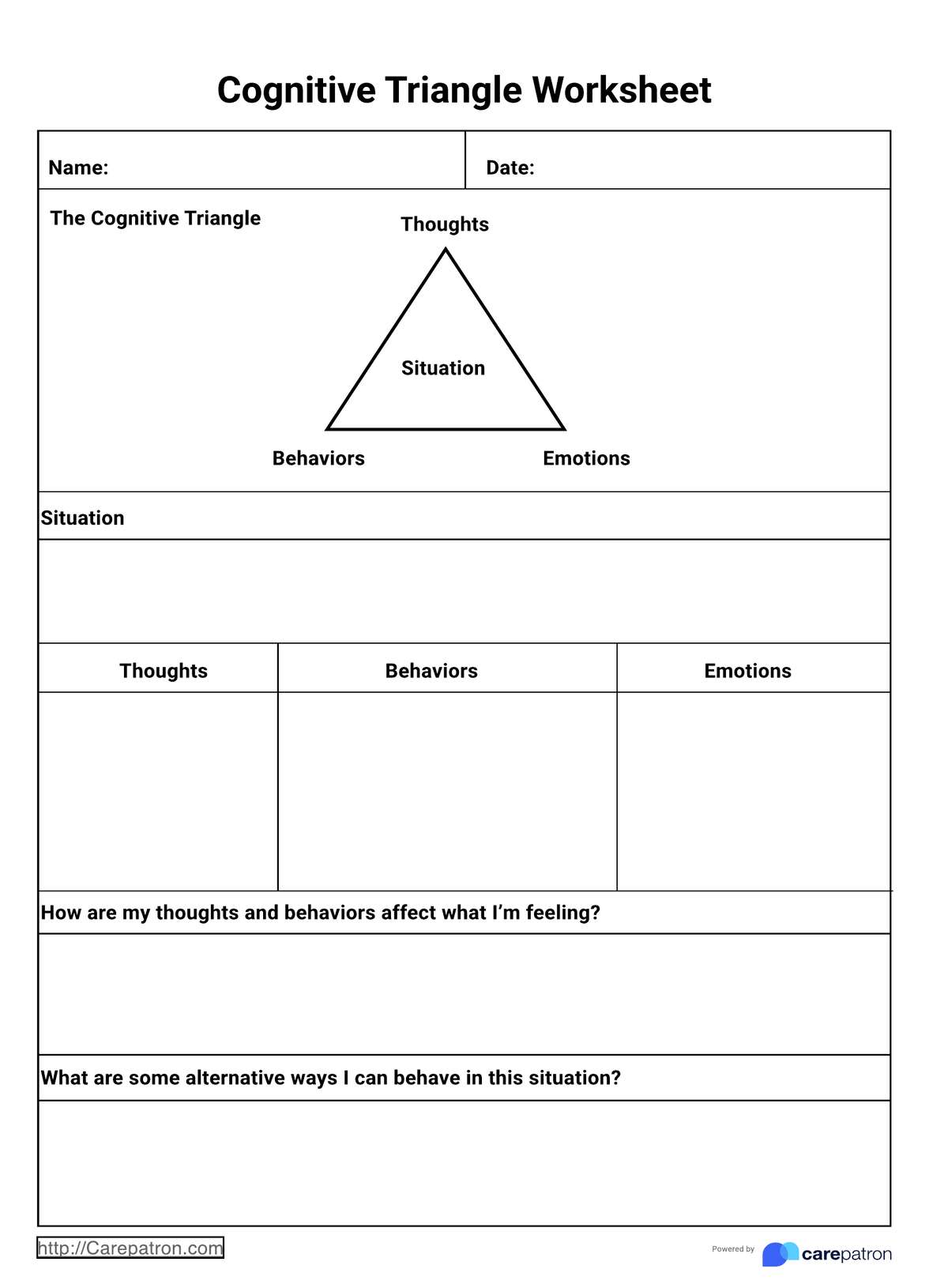
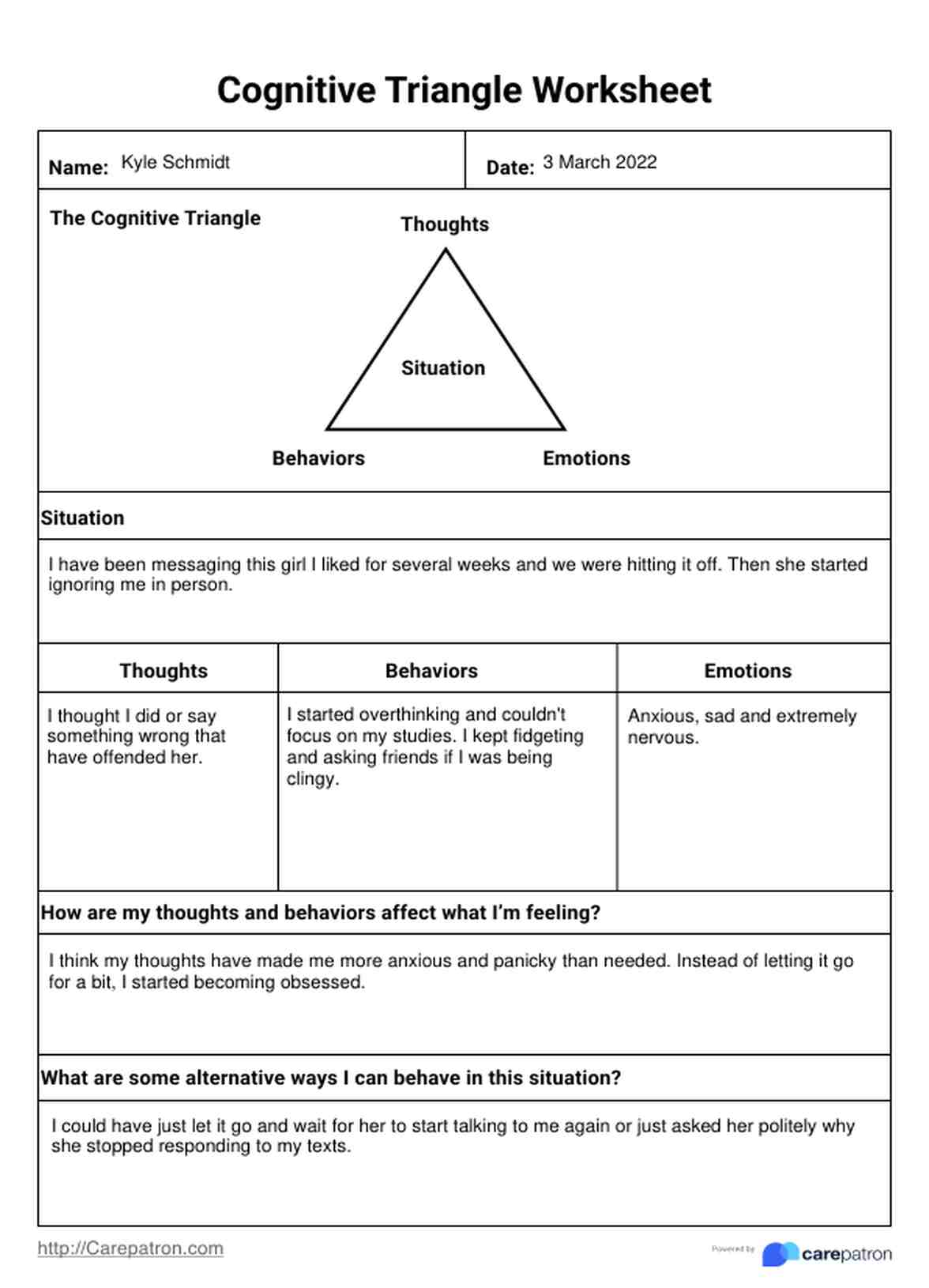

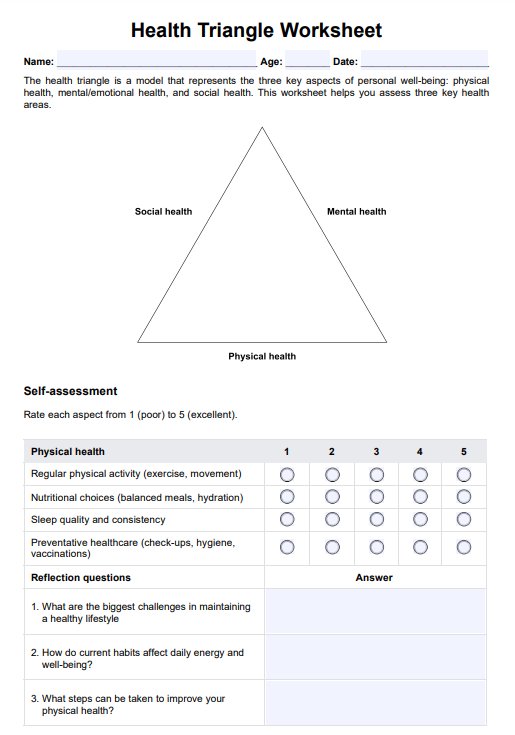













-template.jpg)






















































































